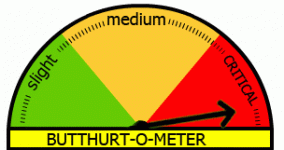This is a prime example of what I've been saying about everybody looking at things differently or interpreting them not the same way.
I know what he is talking about. It is way easier to show somebody at the table.
Yeah,
It is sometimes difficult to convey a proper picture through a short text.
That is why I said, unless I am missing something.
I'm viewing the OB sitting there & the CB being moved to different locations.
That is a different angled shot to me & would require a different set of numbers.
Is that not correct?
Best 2 You & All.
Last edited:
